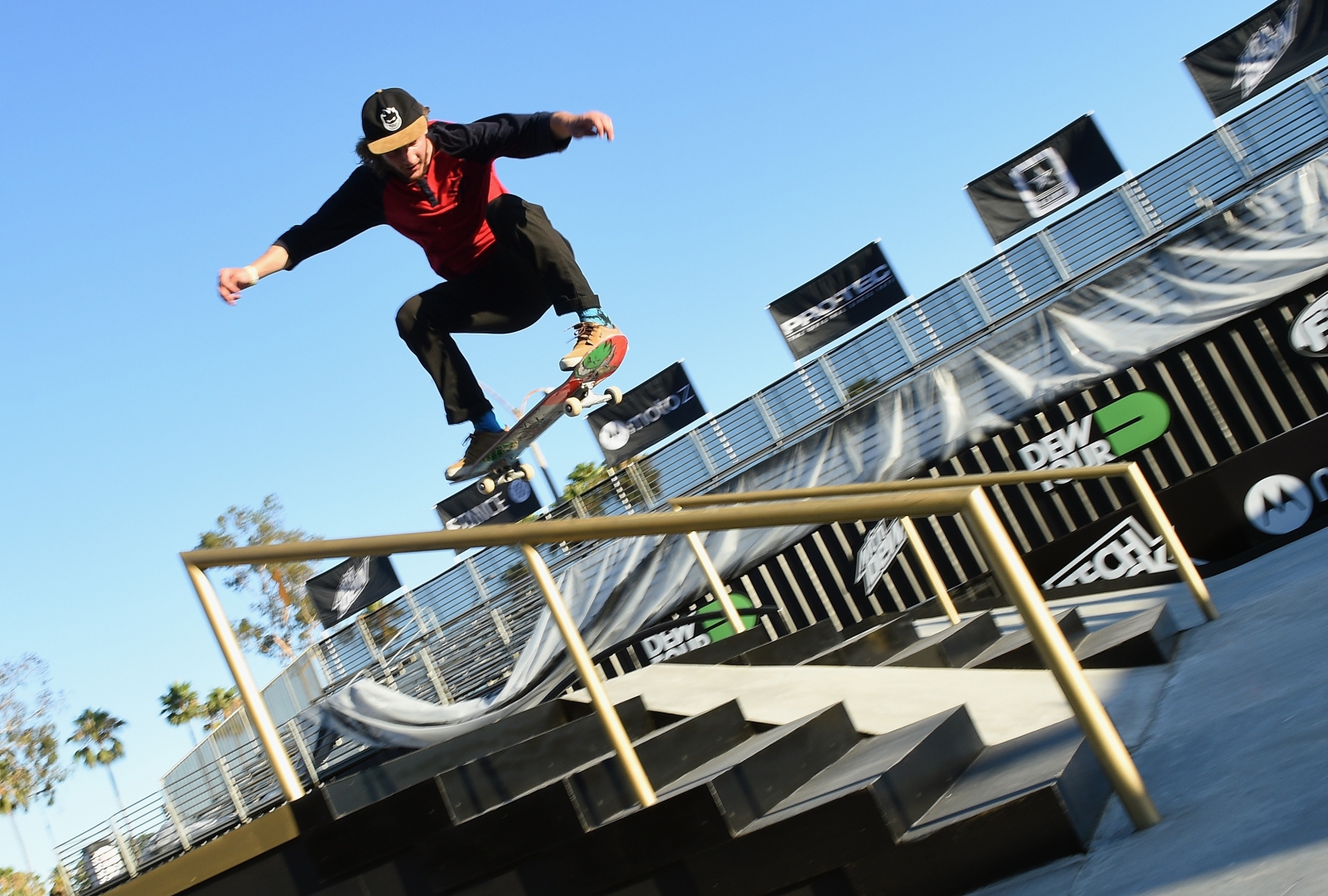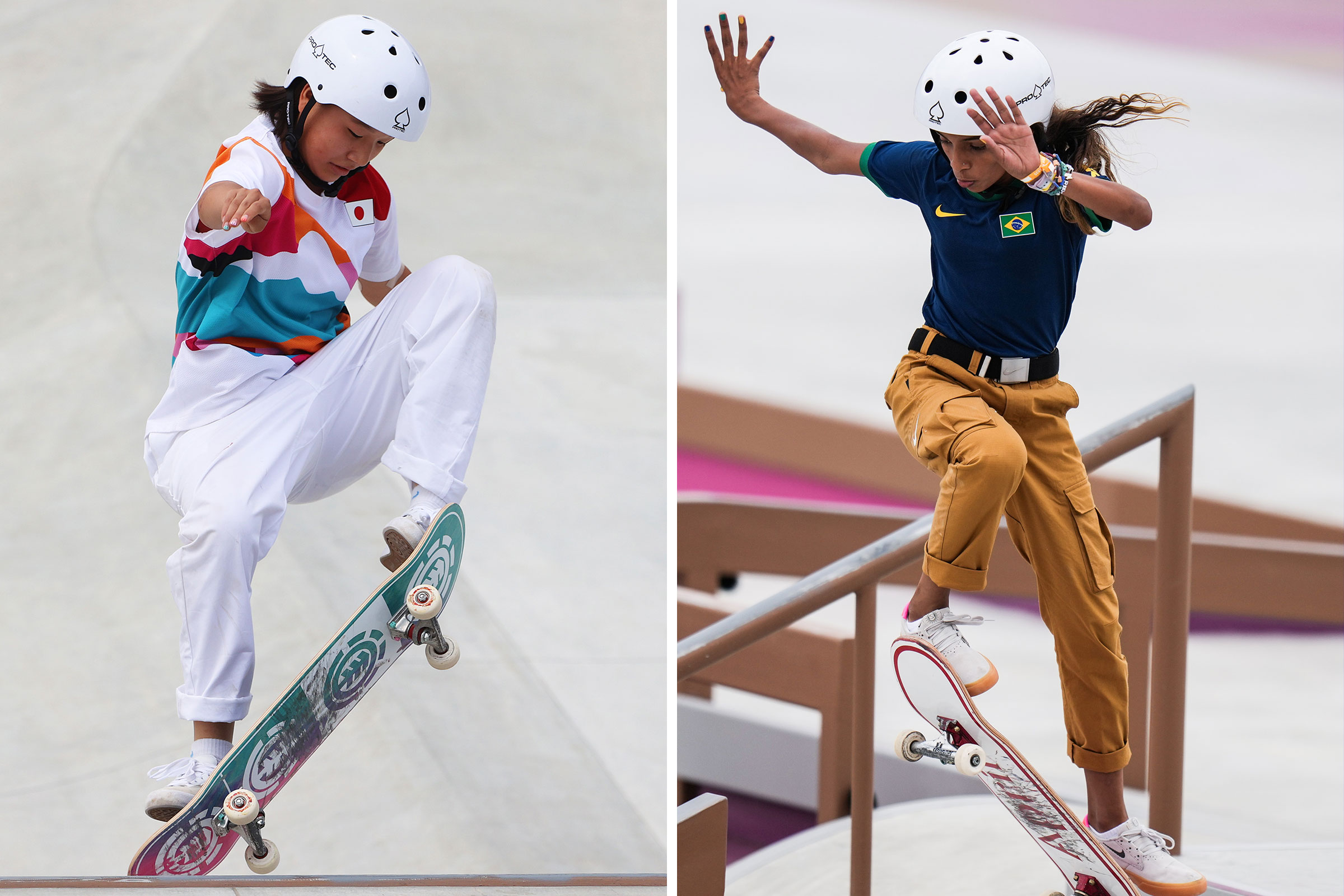History and Evolution of Breaking: Olympic Breaking

Breaking, a vibrant and dynamic dance form, has a rich history that intertwines with the cultural landscape of the Bronx, New York City. From its humble beginnings in the 1970s, breaking has evolved from a street dance to a globally recognized Olympic sport, capturing the hearts and minds of millions worldwide.
The Birth of Breaking
Breaking emerged as a street dance in the 1970s in the South Bronx, New York City, amidst the backdrop of social and economic challenges. It was a form of self-expression for the youth, allowing them to channel their energy and creativity into a unique and captivating dance style. Breaking was born from a fusion of various dance forms, including funk, jazz, and martial arts, drawing inspiration from the vibrant cultural scene of the Bronx.
Early Pioneers of Breaking, Olympic breaking
The early pioneers of breaking, known as “B-boys” and “B-girls,” played a pivotal role in shaping the foundation of this dance form. They experimented with different moves, developed their own unique styles, and spread the word of breaking through local competitions and jam sessions. Among the notable early pioneers are:
- The Rock Steady Crew: This legendary crew, founded in 1977, is considered one of the most influential breaking crews in history. They were known for their innovative moves, including the “Rock Steady” and the “Suicide,” which became staples of breaking. They also organized early breaking competitions, such as the “Rock Steady Cypher,” which helped to establish breaking as a competitive dance form.
- The Furious Five: This crew, formed in 1979, is another influential group that helped to popularize breaking. They were known for their aggressive and dynamic style, and their members, such as “Crazy Legs” and “Mr. Freeze,” became icons in the breaking world.
- The Magnificent Force: This crew, formed in 1979, was known for their technical proficiency and smooth moves. They were also pioneers in incorporating elements of martial arts into breaking.
Breaking’s Rise to Global Recognition
Breaking began to gain wider recognition in the 1980s, thanks to the emergence of breakdancing movies like “Beat Street” and “Wild Style.” These films showcased the energy, creativity, and athleticism of breaking, attracting a broader audience and helping to spread the dance form beyond the Bronx. The popularity of breaking also surged with the rise of hip-hop culture, which embraced breaking as a key element.
Breaking’s Journey to the Olympics
The journey of breaking to the Olympics is a testament to its enduring popularity and cultural impact. In 2018, breaking was officially recognized as a sport by the International Olympic Committee (IOC). This recognition marked a significant milestone for breaking, paving the way for its inclusion in the 2024 Paris Olympic Games. The inclusion of breaking in the Olympics is a testament to its artistic merit, athleticism, and global appeal.
Breaking Techniques and Styles

Breaking, a vibrant and dynamic dance form, is a captivating blend of athleticism, artistry, and cultural expression. Its unique vocabulary encompasses a wide range of techniques, each contributing to the overall aesthetic and storytelling power of the dance.
Core Breaking Techniques
Breaking techniques are the fundamental building blocks of the dance, forming the foundation for more complex moves and combinations. They are categorized into four main groups: footwork, power moves, freezes, and top rocks.
- Footwork: Footwork is the foundation of breaking, providing the dancer with agility, speed, and control. It involves a series of intricate steps, often executed with rapid footwork, quick changes of direction, and dynamic transitions. Common footwork patterns include the six-step, the 1990s, the turtle, and the swipe.
- Power Moves: Power moves are dynamic and acrobatic maneuvers that showcase the dancer’s strength, flexibility, and control. These moves typically involve spinning, flipping, and other aerial maneuvers. Some examples include the windmill, the headspin, the flare, and the airtrack.
- Freezes: Freezes are static poses that demonstrate the dancer’s balance, control, and creativity. They are often used to transition between power moves or to create dramatic visual effects. Popular freezes include the chair freeze, the handstand freeze, the elbow freeze, and the airchair.
- Top Rocks: Top rocks are a series of rhythmic and stylized movements performed standing up. They are often used to introduce a break, establish a mood, or create a visual contrast to the more dynamic power moves. Common top rock elements include footwork patterns, hand gestures, and body isolations.
Breaking Styles
The diverse world of breaking encompasses various styles, each with its own unique characteristics, influences, and aesthetics.
- B-Boying: B-Boying, often referred to as “breaking” itself, is the original and most widely recognized style of breaking. It emphasizes power moves, intricate footwork, and a dynamic, athletic approach. B-Boying originated in the Bronx, New York, and has evolved over the years, incorporating influences from various dance forms and cultural movements.
- B-Girling: B-Girling is a style of breaking that is specifically performed by women. It incorporates many of the same techniques as B-Boying but often emphasizes fluidity, grace, and a more feminine aesthetic. B-Girling has gained significant recognition in recent years, with many talented B-Girls showcasing their unique skills and artistry.
- Power Moves: Power moves are a distinct category of breaking that focuses on acrobatic and aerial maneuvers. While they are often integrated into B-Boying and B-Girling routines, they can also be performed as a separate style. Power moves require a high level of physical strength, flexibility, and control, and often involve complex rotations, flips, and other gravity-defying feats.
Creativity and Improvisation in Breaking
Breaking is a highly improvisational dance form, where creativity and spontaneity are highly valued. Dancers are encouraged to express themselves freely, developing their own unique style and vocabulary. Improvisation allows dancers to respond to the music, their environment, and their fellow dancers in real-time, creating a dynamic and unpredictable performance.
Breaking in the Olympic Games

Breaking, a dynamic and expressive dance form, made its grand entrance into the Olympic Games in 2021 at the Tokyo Games. This marked a significant milestone for breaking, elevating its status from street culture phenomenon to an official Olympic discipline.
Judging Criteria for Breaking Competitions
The judging criteria for breaking competitions in the Olympics are designed to assess the dancers’ technical proficiency, artistic expression, and overall performance. The judges evaluate the breakers on a variety of factors, including:
- Technique: This encompasses the execution of various breaking moves, such as toprocks, footwork, power moves, and freezes. Judges look for precision, control, and creativity in the execution of these moves.
- Musicality: Breaking is inherently tied to music, and judges assess how well the breakers interpret the rhythm, dynamics, and style of the music. They look for dancers who move in sync with the beat, accentuating the musical elements through their movements.
- Creativity: Breaking is a form of artistic expression, and judges evaluate the originality and innovation of the dancers’ routines. They look for breakers who showcase their own unique style and approach to the dance form.
- Performance: The overall presentation and stage presence of the breakers are also important. Judges look for dancers who engage the audience with their energy, confidence, and charisma.
Challenges and Opportunities for Breaking as an Olympic Sport
The inclusion of breaking in the Olympics presents both challenges and opportunities for the dance form.
Challenges
- Maintaining the Authenticity of Breaking: There is concern that the transition to an Olympic sport could lead to a shift in the focus of breaking, moving away from its roots in street culture. Some fear that the emphasis on technical proficiency and judging criteria could stifle the creativity and individuality that are central to breaking.
- Promoting Diversity and Inclusion: Breaking has historically been a predominantly male-dominated dance form. The Olympics present an opportunity to promote diversity and inclusion within breaking, encouraging greater participation from women, people of color, and individuals from diverse backgrounds.
- Ensuring Fair and Objective Judging: Developing a clear and consistent judging system for breaking can be challenging, given the subjective nature of the dance form. The Olympic Committee must ensure that the judging criteria are fair, transparent, and objective, minimizing the potential for bias or favoritism.
Opportunities
- Increased Exposure and Recognition: The Olympic platform provides a global stage for breaking, increasing its exposure to a wider audience and generating greater recognition for the dance form.
- Resource Allocation and Development: Olympic inclusion can lead to increased funding and resources for breaking, supporting the development of training programs, infrastructure, and competitions. This can help to further professionalize the dance form and provide greater opportunities for breakers.
- Inspiring a New Generation of Breakers: The Olympic Games can inspire young people around the world to take up breaking, fostering a new generation of dancers and promoting the growth and development of the dance form.
Impact of Breaking on the Olympic Games and the Broader Sporting Landscape
The inclusion of breaking in the Olympics has the potential to significantly impact both the Games and the broader sporting landscape.
- Bringing a New Audience to the Games: Breaking is a popular and engaging dance form, and its inclusion in the Olympics is likely to attract a new audience, particularly young people who may not traditionally be interested in the Games.
- Challenging Traditional Sporting Norms: Breaking is a highly expressive and artistic discipline, and its inclusion in the Olympics challenges the traditional notions of sport, demonstrating the value of creativity, individuality, and cultural expression in the athletic realm.
- Promoting a More Inclusive and Diverse Sporting Landscape: Breaking is a dance form that embraces diversity and inclusion, and its inclusion in the Olympics can help to create a more welcoming and inclusive sporting landscape for athletes from all backgrounds.
Olympic breaking, a dynamic dance form, is captivating audiences worldwide with its explosive energy and intricate moves. The competition, though fierce, is often marked by mutual respect and camaraderie, a stark contrast to the ongoing tensions in the Middle East, such as the complex relationship between Iran and Israel, as detailed in this article iran attack israel israeli.
Despite these global challenges, Olympic breaking continues to inspire and unite, showcasing the power of human expression and athleticism.
Olympic breaking, with its explosive energy and dynamic moves, has captured the world’s attention. It’s a sport that embodies the spirit of resilience and innovation, much like the political journey of Cori Bush , a former nurse who rose to become a powerful voice for social justice.
Just as breaking requires years of dedicated training and practice, so too does advocating for change, and both showcase the transformative power of human determination.
